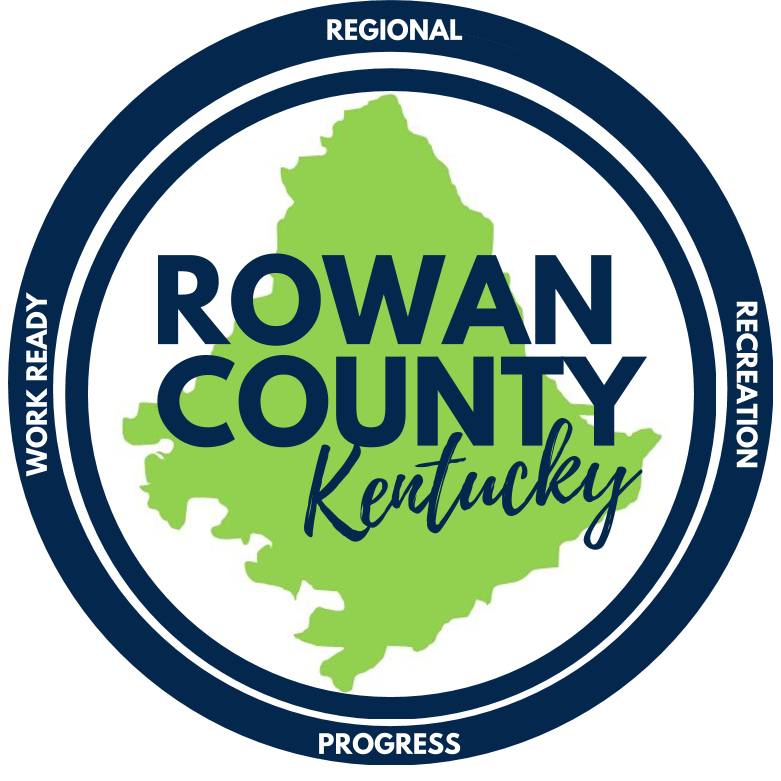History of Daniel Boone National Forest
The History of the Daniel Boone National Forest
Article by Savannah Jackson
The Daniel Boone National Forest has had a great impact in our region’s history. This is the story of how it was explored, exploited, then came to be protected.
Not long after the colonization of the Americas began, both the French and British heard indigenous groups’ accounts of our region’s plentiful natural resources. Soon, they both tried to lay claim to the land. The northern portion was primarily used as seasonal hunting land by the Shawnee, who lived around Ohio, and the southern portion was owned by the Cherokee. Some of the first Europeans to explore the area were Rene Robert Cavelier in 1669 and Thomas Walker in 1750. Daniel Boone’s first expedition, with the aim of preparing for later settlement, began in the late 1760s. Land appraisers found the lack of many existing permanent habitants to be very financially attractive, and after the Revolutionary War brought about the end of the Proclamation of 1763’s order to stop colonization west of the Appalachians, more settlers were interested in the area. In 1792, Kentucky achieved statehood. A few years later, the Wilderness Road completed construction. It was a crucial part of all development in eastern Kentucky.
Commercial logging began and spread rapidly in the late 1800s, a time when few regulations existed, and quickly left a noticeable impact on the region. As a result of the deforestation, erosion worsened, and floods became more destructive. Many of Kentucky’s once-abundant resources were suffering, and so were its people. Congress responded to this need by creating set aside “forest reserves” with the aim of sustainably responding to timber needs under federal management, which eventually led to the U.S. Forest Service’s official formation in 1905. One notable Kentuckian, Mary Breckenridge, the founder of the Frontier Nursing Service, lobbied extensively throughout the early 1930s for protection of Kentucky’s waterways and forests. She raised public awareness, wrote a book, communicated with National Forest Service leadership, and did nearly everything possible to try to ensure her two goals: the establishment of a national forest and the protection of headwaters of the watershed of the Kentucky River. In 1937, the Cumberland National Forest was formed with 409,567 acres, a fraction of the land the Daniel Boone now contains.
Following disastrous flooding in 1963, Kentucky Governor Combs recommended the establishment of National Forest units on the headwaters of major eastern Kentucky streams. Empowered with stronger legislation and favorable public sentiment, the forest service began to buy more land, including one transaction that was the largest ever single purchase by the US Forestry Service at that time. In 1966, it was renamed to Daniel Boone National Forest.
Now, the Daniel Boone National Forest’s proclamation boundary is over two million acres. Roughly 700,000 of this is forest service owned land. This includes two federally recognized wildernesses, over 600 miles of trails, and over 250 recreation sites. This allows us not only to protect our vast natural resources but also to conserve this important part of our culture and recreation for future generations.
Sources:
“Daniel Boone National Forest - Home.” Usda.gov, 2022, www.fs.usda.gov/dbnf. Accessed 20 Sept. 2022.
“Daniel Boone National Forest - National Forest Foundation.” Www.nationalforests.org, www.nationalforests.org/our-forests/find-a-forest/daniel-boone-national-forest.
“A History of the Daniel Boone National Forest 1770 - 1970 (Table of Contents).” Npshistory.com, npshistory.com/publications/usfs/region/8/daniel-boone/history/contents.htm. Accessed 20 Sept. 2022.
“Kentucky Indian Tribe: Life of Cherokee,Shawnee,Yuchi, Chickasaw.” The American History.org, theamericanhistory.org/identity-life-kentucky-indian-tribes.html. Accessed 20 Sept. 2022.
Greenspan, Jesse. “How the Proclamation of 1763 Sparked the American Revolution.” HISTORY, www.history.com/news/remembering-the-proclamation-of-1763#:~:text=Most%20notably%2C%20the%20Proclamation%20of%201763%20banned%20settlement. Accessed 20 Sept. 2022.
“Mary Breckinridge | Biography, Frontier Nursing Service, & Facts | Britannica.” Encyclopædia Britannica, 2019, www.britannica.com/biography/Mary-Breckinridge. Accessed 20 Sept. 2022.
U.S. Department of Agriculture Forest Service Southern Region. “History of the Redbird Purchase Unit Daniel Boone National Forest.” 2014. https://www.fs.usda.gov/Internet/FSE_DOCUMENTS/fseprd507274.pdf. Accessed 20 Sept. 2022.
National Park Service U.S. Department of the Interior. “Geology and History of the Cumberland Plateau.” https://www.nps.gov/biso/planyourvisit/upload/webgeo.pdf. Accessed 20 Sept. 2022.

